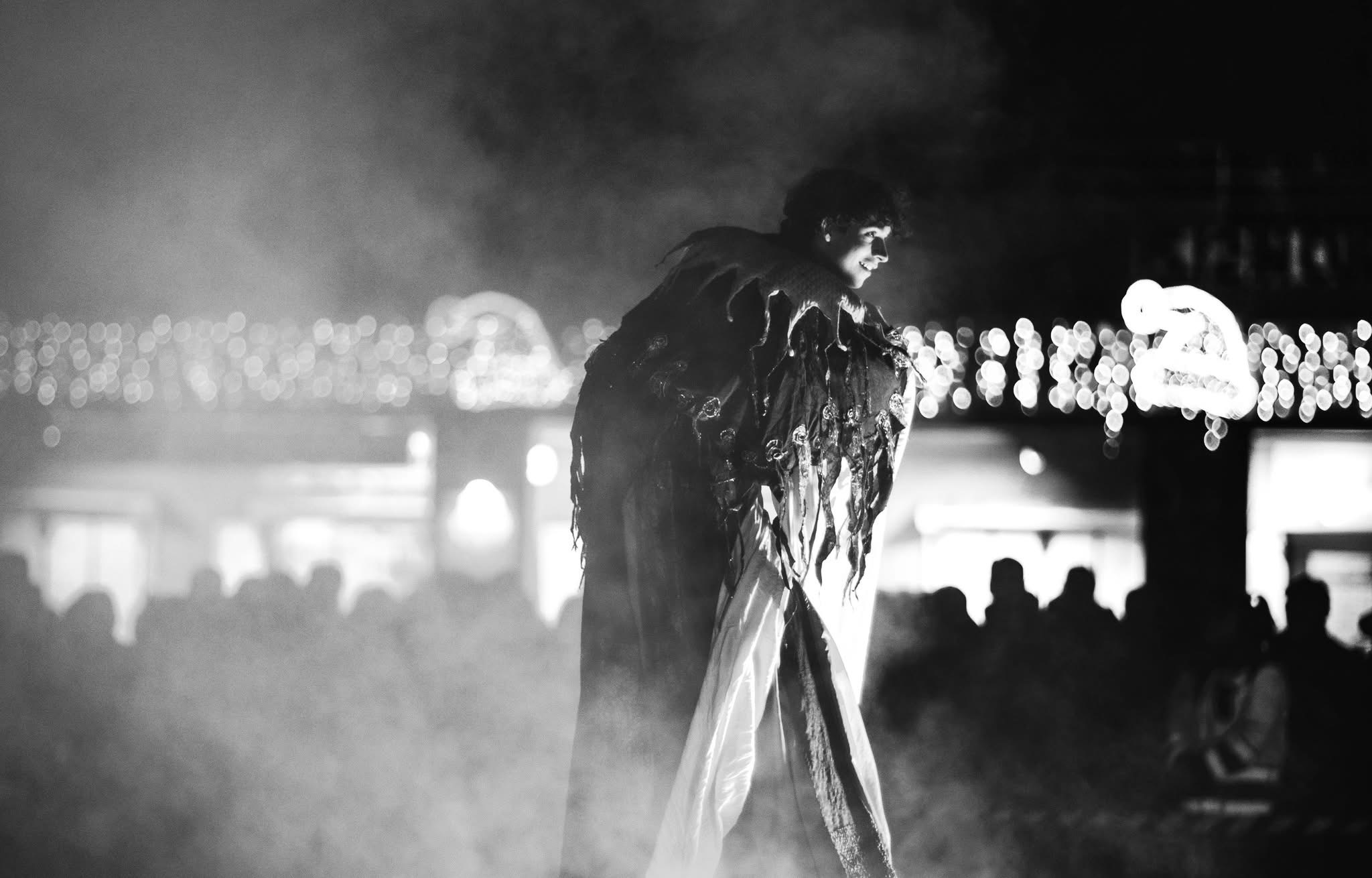The Fool: Story of a Rebel Mask
Have you ever thought about how strange the figure of the fool is? We find them in books, tarot cards, theaters, and even in the halls of kings. They are the ones who seem to speak nonsense but often hide deep truths. They are outsiders, rebels, anarchists of the mind. But where did this figure come from? And why does it continue to captivate us?
The Origins of Madness
The word “fool” comes from the Latin follis, meaning “a bag full of air”—a poetic way of saying “empty-headed.” But beneath this apparent emptiness lies something much more intriguing.
In ancient times, madness wasn’t always seen as a flaw. There was divine madness, a state of trance that possessed prophets, visionaries, and warriors. A warrior in a furor became unstoppable, fighting without fear, driven by an irrational force.
Then came the Middle Ages, and the fool took on a new role. Some saw them as lost souls, heretics straying from God. Others recognized folly as a mirror of human fragility. After all, who can truly claim to be sane?
The Jester: The Fool with a License to Speak
At some point, madness became a profession. Enter the court jester—the only one who could mock the king without losing his head (most of the time).
The jester had a unique talent: they could turn truth into play. Through jokes, stories, and songs, they exposed the hypocrisies of power. Sometimes they were mere clowns; other times, they were secret advisors hidden behind a mask of madness.
But fools weren’t just confined to royal palaces. In town squares and marketplaces, traveling jesters entertained the masses with a mix of theater, satire, music, and acrobatics. The Church often viewed them with suspicion, but the people adored them. They were the original “voices of dissent,” the media of a world without newspapers or social networks.
The Fool in Literature and Tarot
If there’s one book that truly honors folly, it’s The Praise of Folly by Erasmus of Rotterdam. In this satirical work, Folly speaks in the first person, mocking human wisdom and revealing that those who think themselves most intelligent are often the most foolish.
Then we have Shakespeare’s fools, those jesters who, between laughs, are the only ones who speak the truth. Think of the Fool in King Lear—he seems ridiculous, yet he’s the only one who truly understands what’s happening.
And what about tarot cards? The Fool is special, an unnumbered card. It can be zero or twenty-two, the beginning or the end. It symbolizes a journey, a leap into the unknown, complete freedom.
From the Middle Ages to Today: The Modern Fool
Think the fool is a thing of the past? Not at all! Their legacy is alive and well today.
Take Dario Fo, the great jester of the 20th century. With his monologues and plays, he revived the spirit of popular satire, making people laugh and think at the same time.
Then there’s the fool as a visionary artist—the one who sees the world differently and transforms it into something new. They are the rebels who refuse to follow the rules, the outsiders who challenge the system with a laugh.
The Fool as a Warning
In the end, the fool is more than just a character—it’s an idea, a symbol. They remind us that normality is often an illusion, that truth isn’t always where we expect to find it. They invite us to think for ourselves, to embrace being different.
Because, as the Fool in tarot suggests, sometimes you have to get lost to find your own path.











